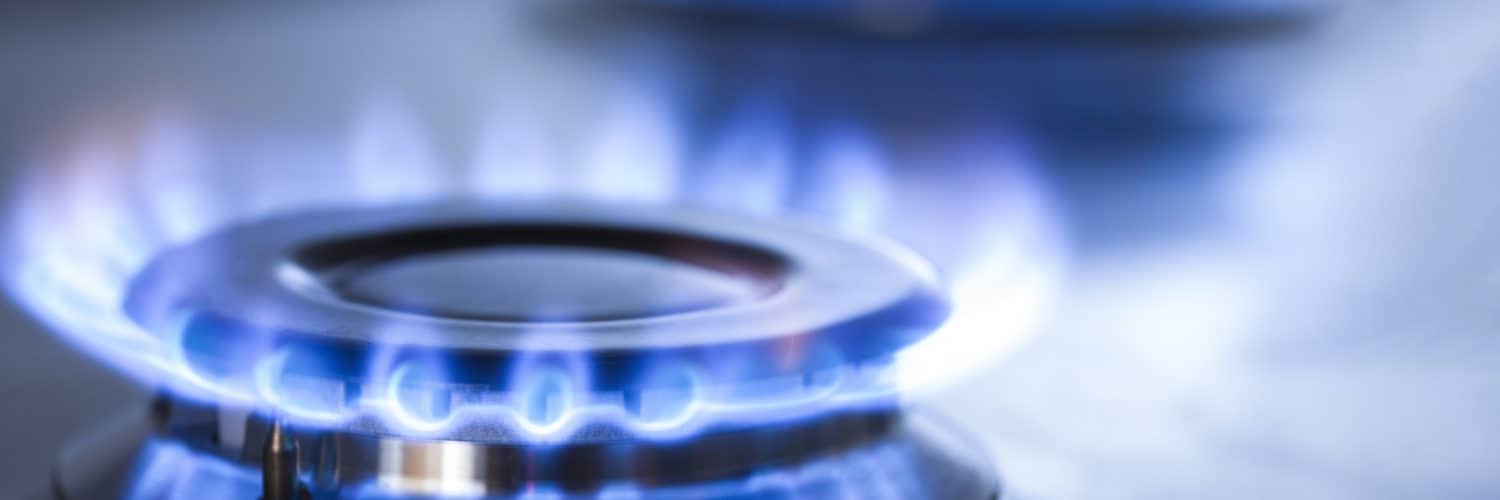Henry Hub natural gas futures have been volatile this week, dropping over US$1/MMBtu on Monday to close at US$7.026/MMBtu, as US dry gas production increased to an estimated 95.4 Bcf/d (close to 2022 highs) and recession fears influenced the market. Natural gas prices rebounded from Monday’s sell-off, with Henry Hub prompt-month futures trading at US$7.73/MMBtu as of 1:45pm EDT Thursday afternoon amid supply concerns. Threats of interrupted Russian gas flows to Europe, unsteady US dry gas production levels and the looming summer heat has further boosted prices. As the Russian invasion of Ukraine continues, European countries are working to wean themselves off Russian natural gas supply, with record levels of demand for US liquefied natural gas (LNG). At the beginning of March, soon after the Russian invasion into Ukraine, the German government commissioned its gas market trading hub to buy 1.5 Billion Euros worth of LNG from anywhere but Russia. Since then, we have seen record levels of LNG exports from the United States, with cargos originally destined for Asia being redirected to European LNG import terminals. With the added demand, we’ve seen North American spot prices nearly double from their already high levels back in early March. Currently, European inventories sit at 1443 Bcf or 38% storage capacity, which is 21% higher than last year and 9.9% below their 5-year average. The latest projections are for European storage levels to reach 3404-3572 Bcf by the end of this injection season, which would be 0.6% to 5.6% above the 5-year average maximum level. As reported in the EIA May Short-Term Energy Outlook (STEO), the EIA expects US LNG exports will remain high during the summer, averaging 12 Bcf/d in 2022, a 23% increase from 2021. The risk of volatility continues with the tight supply/demand balance.
The EIA estimated working gas storage was 1,643 Bcf for the week ending May 6th, following an overall injection of 76 Bcf. The bullish build was lower than market expectations averaging 78 Bcf, and a five-year average injection of 82 Bdf/d, pushing prices higher. Storage levels are now 18.6% below year-ago levels and, relative to the five-year average, 16% less. The EIA forecasts inventories will end the injection season (end of October) 9% less than the five-year average. Summer weather will be a key factor for storage levels, as warmer-than-normal temperatures could increase natural gas demand to generate electricity (power burn) and put upward pressure on natural gas prices.
In Canada, prompt-month futures for AECO are trading at C$6.90/GJ, while Dawn is trading at C$9.19/GJ. Prices have fallen, with week-over-week decreases of $0.63/GJ and $0.81/GJ at AECO and Dawn, respectively. Point Logic reports Canadian natural gas storage for the week ending May 6th was sitting at 205 Bcf, after an overall injection of 7 Bcf. Eastern Canadian storage had an injection of 7 Bcf, with no change to Western Canadian storage. Storage inventories are 42.9% below the 5-year average and 39% below storage levels last year at this time. Canadian storage is 23% full, with Eastern storage levels now at 24% of capacity and Western storage 24% full. An injection of 8 Bcf is expected for the week ending tomorrow.
– Karyn Morrison, Energy Advisor / Grace Wilton, Senior Energy Advisor








Add comment